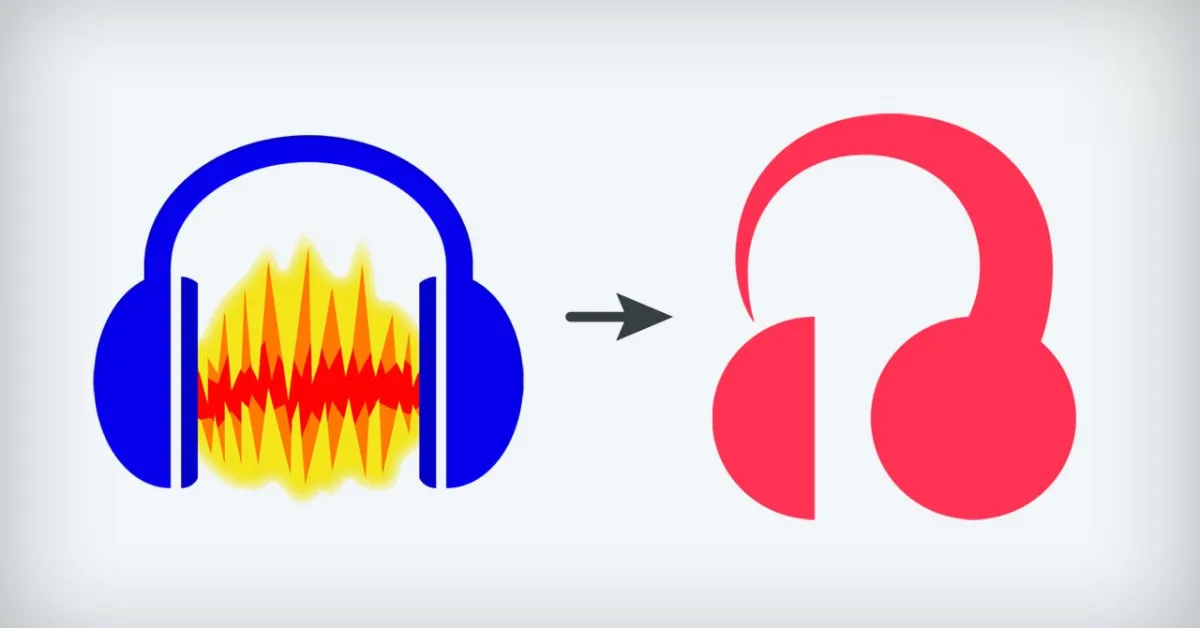
Rebrands often face criticism, especially when they involve a beloved software that has stood the test of time, like Audacity. The recent unveiling of Audacity's new logo sparked significant conversation online, with many users expressing their displeasure. The logo, while featuring an attractive font, presents a confusing reinterpretation of its iconic headphone symbol, leading to mixed reactions from the community.
Many voices from the tech community, including those at The Verge, chimed in on the logo's design. Comments ranged from humorous comparisons such as “it looks like someone stepped on the Apple Music icon” to more pointed observations suggesting it resembles a sperm. Clearly, the new branding has not resonated well with the audience, prompting discussions about the effectiveness of the logo redesign.
Despite the backlash surrounding the new branding, Audacity 4 appears to be gearing up for significant improvements. Martin Keary, the VP of product at Muse, recently shared a nearly hour-long YouTube video detailing the challenges Audacity faces, the rationale behind the design changes, and updates on the anticipated version 4, which is set for release in early 2026.
One of the most notable changes in Audacity 4 is the effort to reduce what Keary refers to as “Audacity says ‘no’.” This phrase encapsulates the frustrating limitations that users often encounter—actions that the software simply doesn’t allow, often without clear explanations. For example, users have historically faced barriers when trying to drag clips past each other or pasting clips into limited spaces. Audacity would respond with a frustrating “no,” leaving users confused.
To enhance the user experience, the team is implementing changes to the user interface (UI) that will allow for more intuitive interactions. This includes automatically trimming clips when pasting over them and eliminating several restrictive “modes” that previously hampered audio manipulation.
Audacity 4 is also introducing several user-friendly features. Individual track meters will be added, and the process for trimming and time stretching will be simplified—now achievable by simply clicking and dragging the edge of a clip. Additionally, a new split tool is being introduced to streamline audio editing, making it easier for users to clean up their sound files efficiently.
While some long-time users may be disappointed by the removal of the Sync Lock feature, many agree that it has often been a source of confusion. Keeping multiple audio tracks in sync can be a complex task, but the new approaches in version 4 are expected to provide clearer solutions.
With a modern, customizable interface that enhances readability, Audacity 4 is poised to be a significant upgrade for this renowned audio editing software. As the release date approaches in 2026, many users are hopeful that the branding will also receive a reconsideration to better align with the innovative features being introduced. Overall, Audacity 4 promises to be a substantial step forward for both new and veteran users alike.